2010 Chevrolet Volt Extended Range EV
Can a brand go from tech laggard to tech leader? When Design Strategy aligns key strategic goals with customer insights and expectations, the right product takes shape.
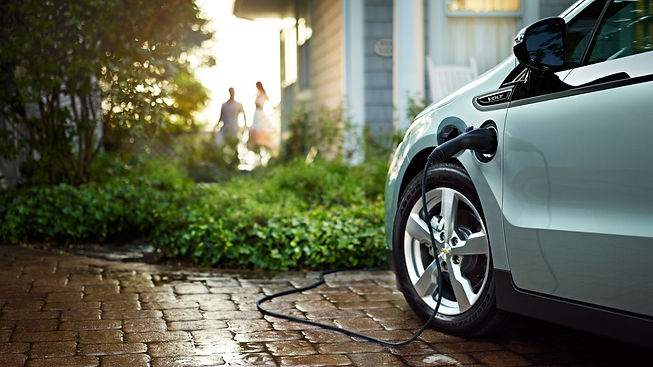

When GM announced the 2007 Volt concept would see production, I was selected to manage design strategy.
Working closely with program leadership, my work enabled the design team to meet customer needs, achieve vehicle performance targets, stay within strict financial boundaries and, most importantly, help win back a generation of buyers who abandoned GM.
Thanks to its visionary Motorama exhibits of the 1950's, GM had become synonymous with advanced technology.
By the 2000's, Toyota was the leader, attracting wealthy, well-educated, tech-savvy buyers with its Prius hybrid.
GM's head of development, Bob Lutz, recognized the risk of losing these buyers, and winning them back required more than just imitation.
He believed GM needed a transformational vehicle, and advances in Lithium-Ion technology created a once-in-a generation opportunity to leapfrog existing hybrids.
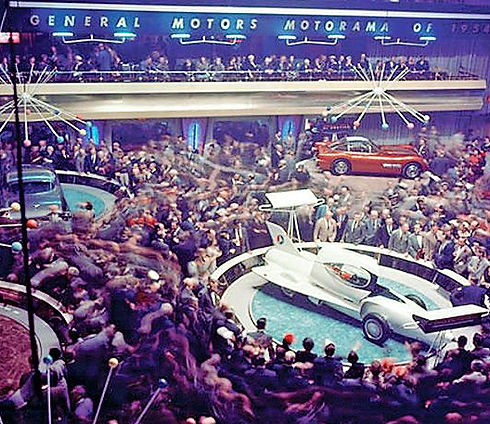
With limited charging infrastructure, early EVs couldn't overcome the "range anxiety" barrier.
The 2007 Volt concept was the first EV to include the infrastructure with the car.
As an "Extended Range" EV, the 16 kWh battery provided enough EV range for daily trips, while a small engine recharged the battery for a total range of over 300 miles.
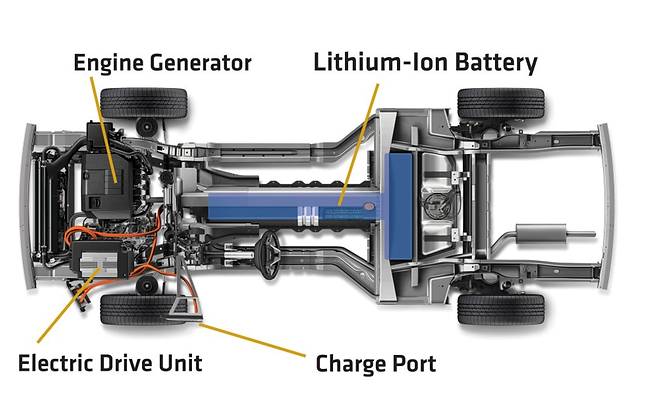
Naturally, this drove complexity. As the team began translating the concept into a mass market vehicle, I saw a challenge: the battery's cost left little room for other content, and prior bare-bones hybrids failed to attract buyers.
Needing a solution, I worked with research to identify 12 areas of the concept that were of highest value to target buyers. I then negotiated with leadership to create the first "theme budget," allocating a set level of discretionary material cost to the studio.
This empowered the studio to choose how to meet customer needs while driving us to find the most efficient means of execution.
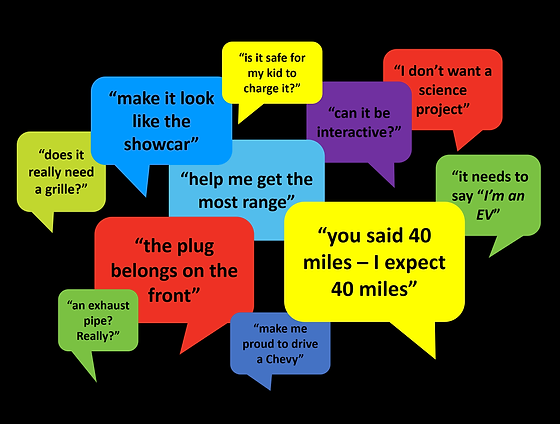

Our top priority was to deliver 40 miles of EV range, and prior experience taught me the most effective way to increase range was to optimize aerodynamics.
To convey this to the studio, I led a study group comparing aero to reductions in mass and amp draw.
At the same time, I immersed myself with the wind tunnel team, guiding a series of design modifications to "shave counts,"effectively adding 7 miles of EV range.
Right behind maximizing EV range was the charging experience - something research showed created as much apprehension as fascination among drivers.
Because of the multi-faceted nature of the challenge, I led the port's design, using materials and surfacing to convey a sense of safety, security and precision - qualities that drivers - and parents - demanded.
My leadership on the charge port resulted in a patent (8226284), giving GM a way to differentiate in a rapidly growing EV space.
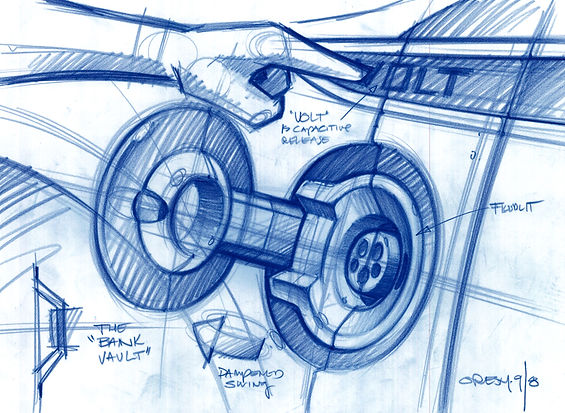
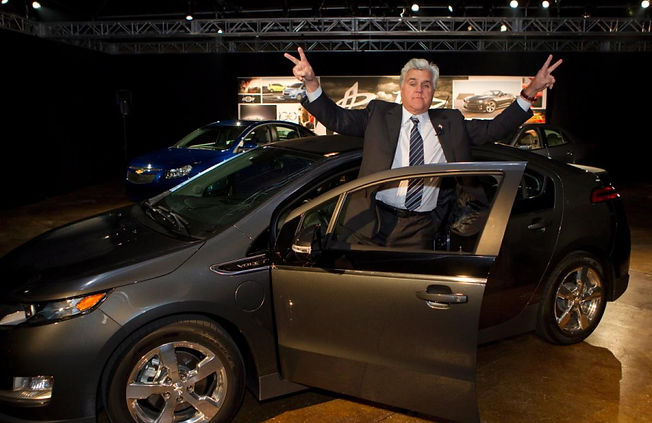
By guiding studio strategy, getting into the development trenches and rolling up my sleeves in the wind tunnel, my strategy preserved the most valuable design features of the concept, helped achieve our 40-mile EV range target and kept costs within boundaries.
And, owing to a stellar PR effort, the Volt showed up in pop culture in a way other GM cars hadn't since the days of the Motorama.
Within a year, the 2010 Chevrolet Volt went on to become the most awarded vehicle in recent automotive history, including Car of the Year.
And a decade after the debut of the concept, the Volt, is still attracting a set of customers GM thought were lost.
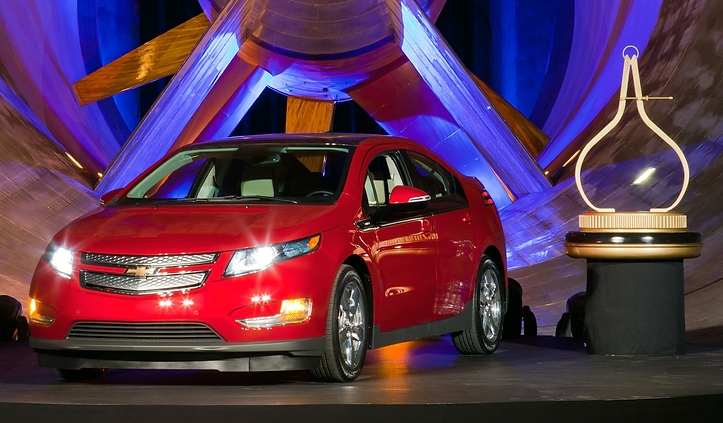
Summary
Guided the design team to achieve strategic program, product and marketing goals.
Responsibilities
Design Strategy, Strategic Planning, Document Control, Process Control, Product Development, Project Management, Creative Design, Human Factors, Class A Surfacing, Budgeting, Resource Allocation, Market Research, Voice of Customer Integration, Negotiation, Supplier Evaluation, Material and Finish Selection, Cost Estimation, Intellectual Property, C-Suite Presentations.